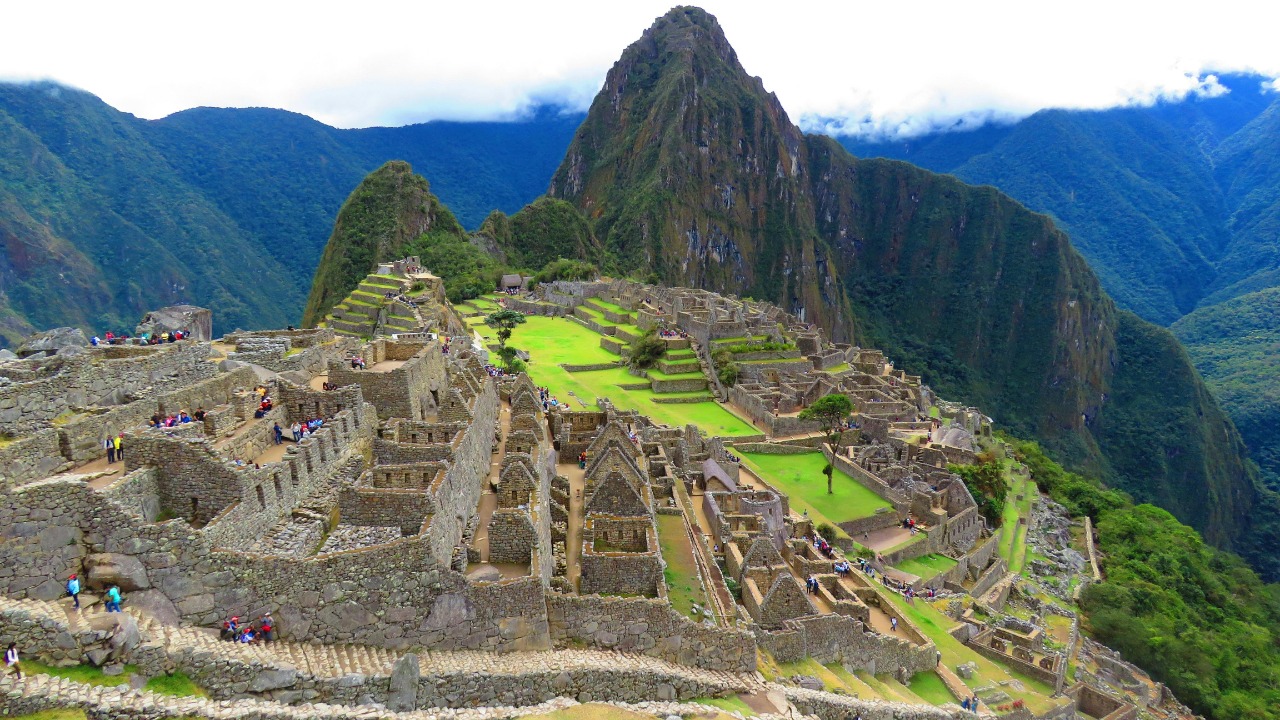
Recent discoveries and scholarly debates have reignited interest in the possibility that the Inca civilization discovered an abandoned megalithic city over a millennium ago. Drawing from archaeological findings, historical records, and expert analyses, this article delves into the evidence supporting this theory.
Historical Context of the Inca Civilization
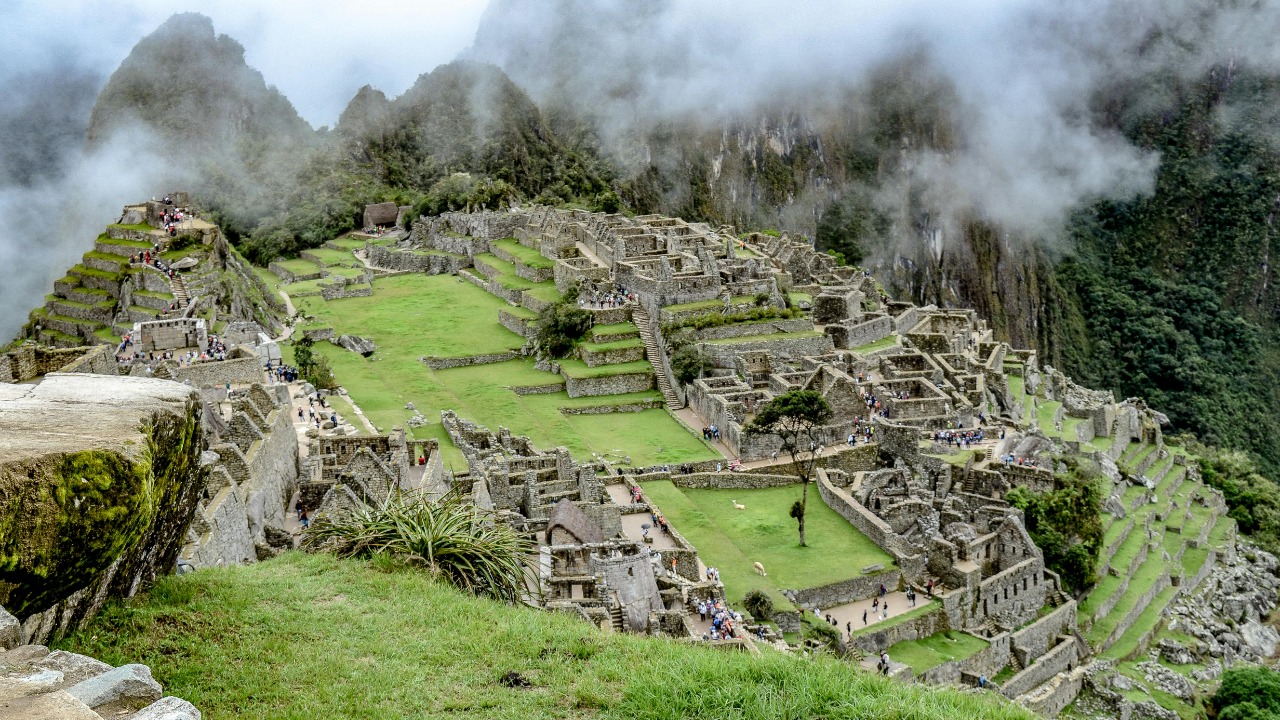
The Inca Empire, known as Tawantinsuyu, was the largest empire in pre-Columbian America, stretching across modern-day Peru, Ecuador, Bolivia, Argentina, Chile, and Colombia. At its height in the early 16th century, the empire was a marvel of political and administrative organization. The Incas were renowned for their road systems, agricultural terraces, and architectural achievements, including the famed Machu Picchu. Their societal structure was highly stratified, with the Sapa Inca at the top, followed by nobles, priests, and other classes. The state controlled resources and labor, facilitating monumental construction projects and extensive trade networks.
The Inca expansionist policies under rulers like Pachacuti and Huayna Capac led to the systematic exploration and annexation of new territories. This drive for expansion may have positioned them to stumble upon previously unknown sites, including the purported megalithic city. The Incas were known for their explorations, as evidenced by their far-reaching roads and intricate communication systems. This cultural curiosity and ambition for growth could have led them to discover an ancient city, abandoned but still a testament to a civilization that predated their own.
Oral traditions and legends passed down through generations among indigenous Andean communities often speak of mysterious ancient cities. These stories, filled with accounts of encounters with advanced civilizations, suggest the possibility of Inca interactions with an ancient megalithic city. Tales of hidden cities with colossal stone structures resonate with the narrative of a lost civilization that the Incas might have encountered during their expansion across the Andes.
Archaeological Evidence
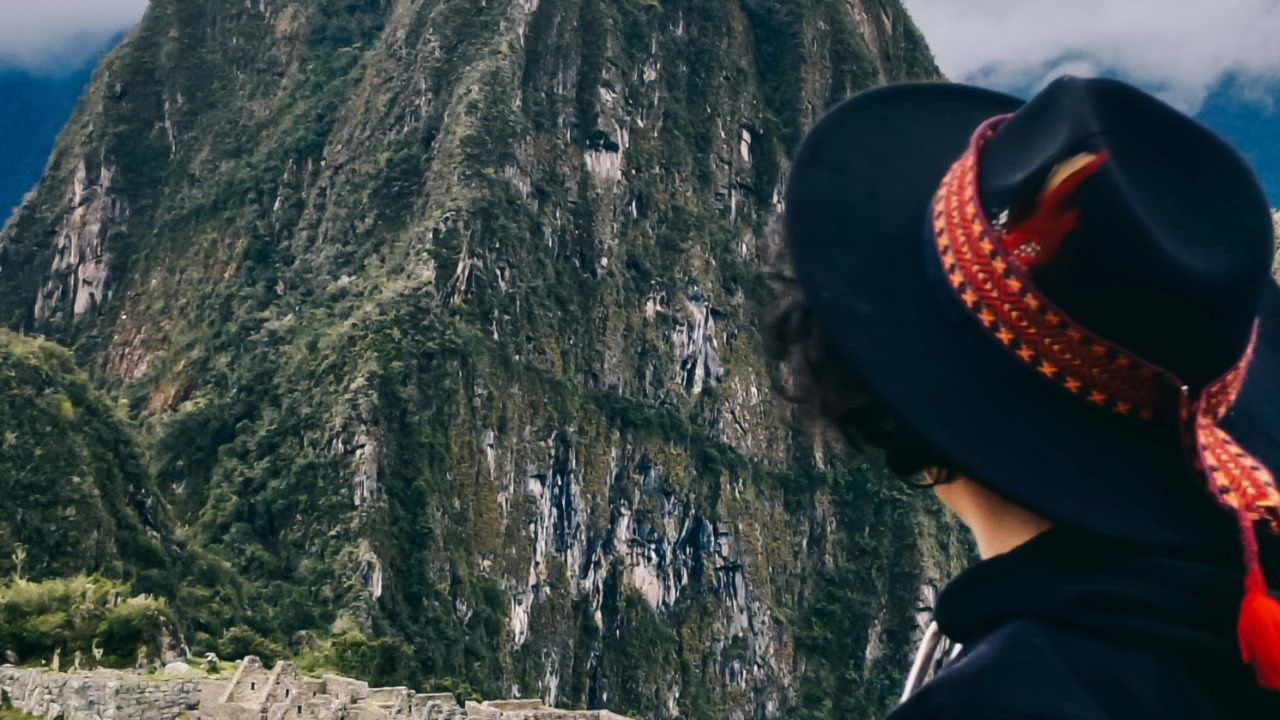
Recent archaeological excavations have unearthed intriguing evidence supporting the notion that the Inca discovered an abandoned megalithic city. Excavations at sites like Choquequirao and the Vilcabamba region reveal structures that predate known Inca constructions yet bear striking similarities to their architectural style. These findings suggest a complex interaction between the Incas and an earlier civilization, potentially offering clues about a lost city.
The stonework and construction techniques observed at these sites are of particular interest. The precision of the masonry, with tightly fitted stones and absence of mortar, closely resembles Inca methods seen in places like Ollantaytambo. This similarity raises questions about whether the Incas adopted these techniques from an earlier civilization they encountered. The use of massive stones and the sophisticated understanding of geometry and stability might indicate a transfer of knowledge from the builders of the megalithic city to the Incas.
Artifacts and relics found at the site further support the idea of Inca presence or influence. Pottery shards, tools, and other objects bear markings and designs characteristic of Inca craftsmanship. These items, alongside structures that suggest adaptation for Inca use, imply that the Incas inhabited and possibly revered this megalithic city. This evidence paints a picture of a vibrant cultural exchange that may have occurred over a millennium ago.
Comparative Analysis with Other Megalithic Sites
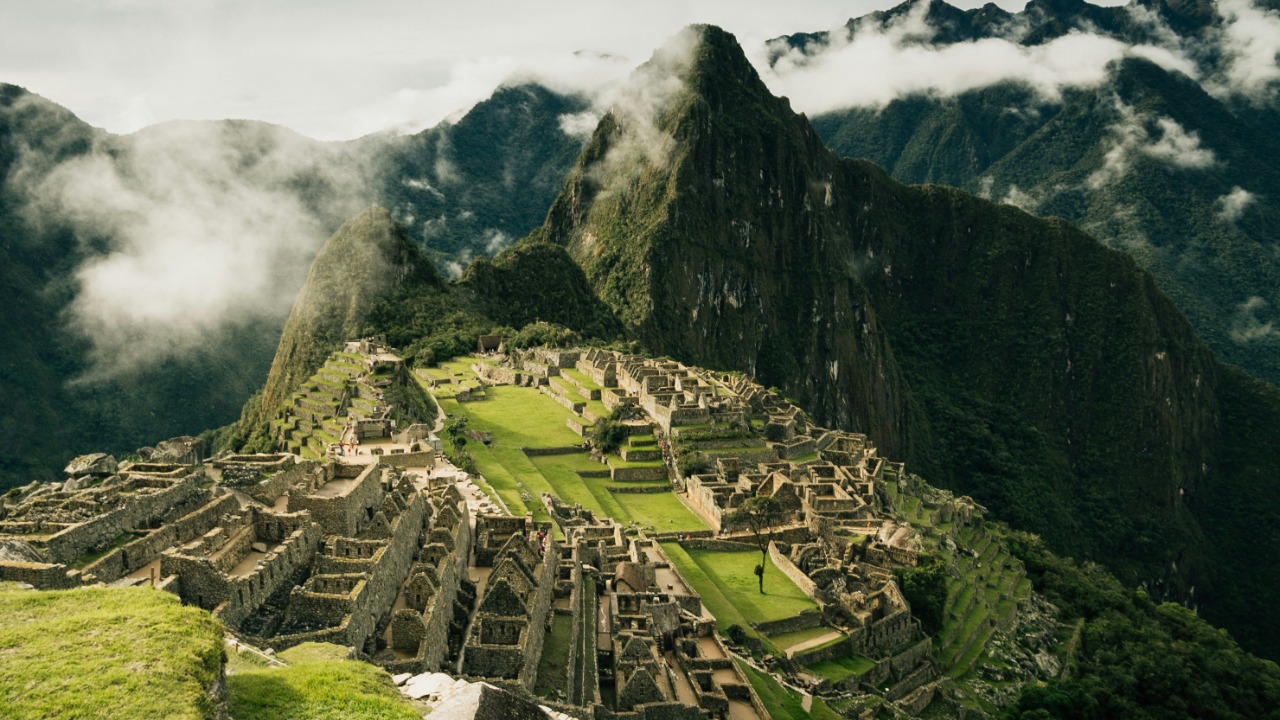
The architectural features of the discovered city invite comparisons with other megalithic sites in South America and beyond. Sites like Tiwanaku in Bolivia and the Nazca lines in Peru share common elements with the recently uncovered city. The massive stone blocks, their alignment, and the intricacy of the carvings suggest a shared or borrowed architectural heritage, hinting at a pan-Andean influence that the Incas might have encountered and assimilated.
Distinctive features of the discovered site, however, set it apart from other known Inca constructions. The sheer scale of some structures and the presence of unexplained carvings suggest a level of sophistication and symbolic complexity not typically associated with Inca architecture. These unique attributes challenge existing perceptions of Inca capabilities and suggest the presence of a distinct, advanced civilization that left an indelible mark on Inca culture.
This discovery could profoundly alter our understanding of Inca architectural capabilities. The evidence suggests that the Incas might have learned from or been inspired by the megalithic city’s builders, leading to the architectural marvels we associate with their empire today. The implications for understanding the evolution of construction techniques in pre-Columbian civilizations are significant, offering a fresh perspective on the interconnectedness of ancient cultures.
Scholarly Debates and Theories
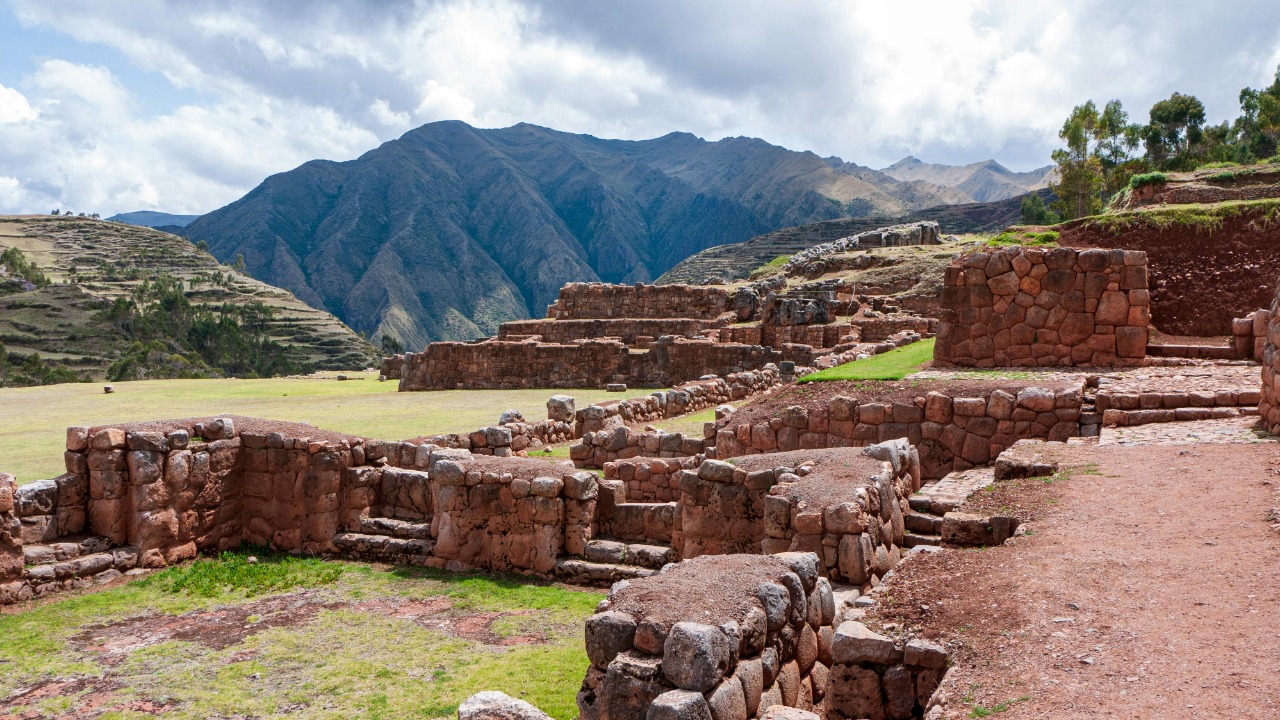
Proponents of the discovery theory argue that the combination of archaeological evidence and oral traditions strongly supports the idea that the Inca stumbled upon an ancient megalithic city. Scholars such as Dr. Richard L. Burger and Dr. John Hyslop have presented evidence suggesting an exchange of architectural knowledge between the Incas and an earlier civilization. Their research points to the possibility of a shared cultural heritage, visible in the stonework and spatial planning of the discovered site.
Skeptics, however, challenge the discovery theory, offering alternative explanations for the archaeological findings. Some argue that the similarities in construction techniques may result from convergent evolution, where different cultures independently developed similar architectural solutions. Others suggest that the artifacts and structures might be remnants of a lesser-known Inca city, rather than evidence of a lost civilization. These counterarguments emphasize the need for further research and caution against drawing definitive conclusions without comprehensive evidence.
The potential impact of this discovery on existing historical narratives is profound. If the Inca did indeed discover an abandoned megalithic city, it would reshape our understanding of pre-Columbian history, highlighting the complexity and interconnectedness of ancient civilizations. Such a revelation could challenge the conventional view of the Inca as isolated innovators, instead positioning them as part of a broader cultural continuum in the Andes.
Significance and Future Research

The cultural and historical significance of this discovery is immense, offering insights into the rich tapestry of Inca history and heritage. Understanding the extent of their interactions with an earlier civilization could illuminate aspects of Inca society, religion, and art previously shrouded in mystery. This discovery not only enriches our knowledge of the Inca but also underscores the dynamic nature of cultural exchange in ancient times.
Technological advances in archaeology, such as ground-penetrating radar and 3D modeling, play a crucial role in uncovering and analyzing the site. These tools allow researchers to explore beneath the surface and visualize structures in unprecedented detail, offering a clearer picture of the city’s layout and construction. As technology continues to evolve, the potential for new discoveries and insights grows, promising to deepen our understanding of this enigmatic site.
Future research should focus on further excavation and analysis of the site, employing advanced techniques to uncover more about its origins and connection to the Inca. Collaboration between archaeologists, historians, and indigenous communities will be essential in piecing together this complex puzzle. As evidence mounts, a clearer picture of the megalithic city and its significance to the Inca and their legacy will emerge, offering exciting possibilities for historical exploration and understanding.